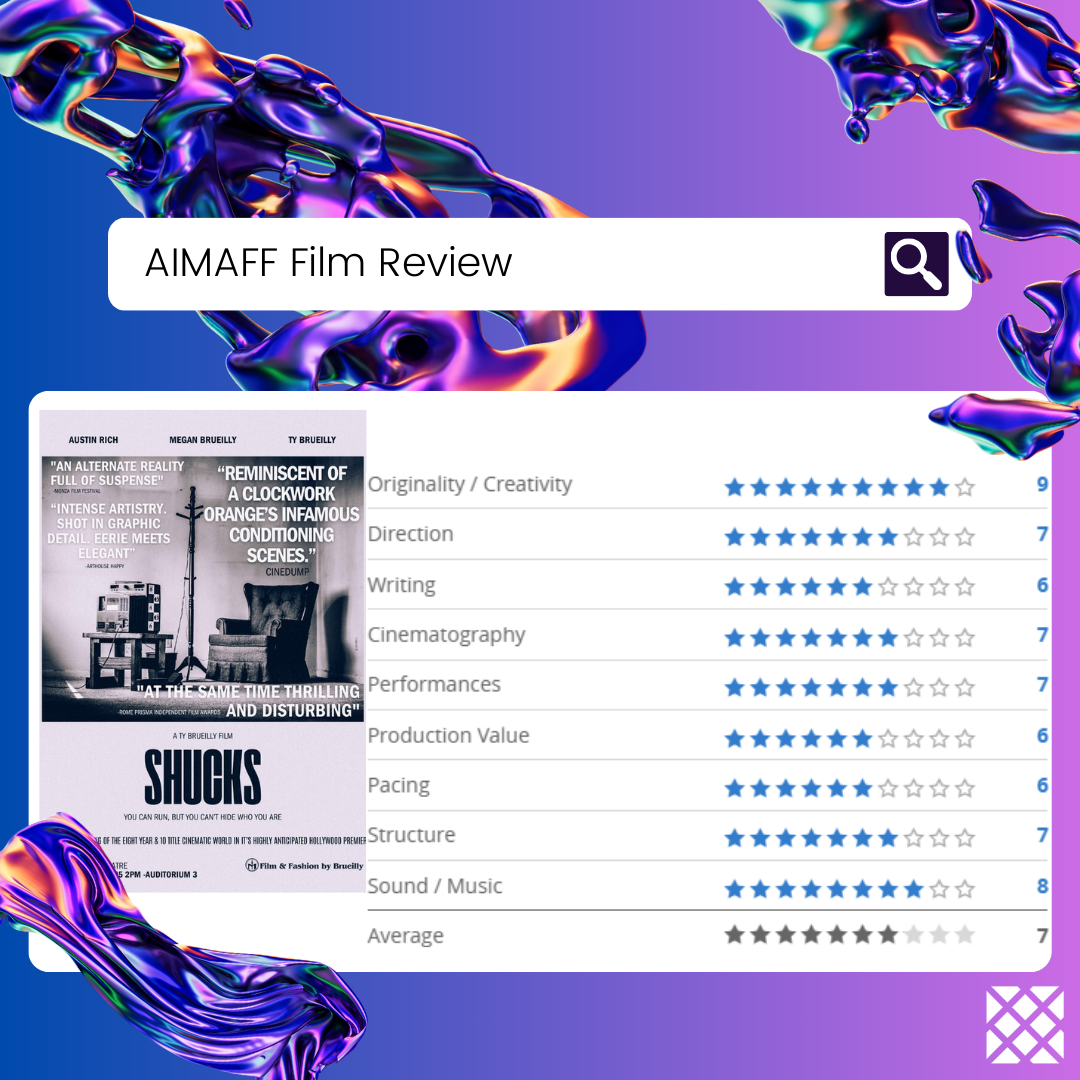“Shucks”: A Silent Scream in the Dark
Ty Brueilly’s ''Shucks'' is his bravest work yet an unflinching descent into the eerie, a film that strips away dialogue and instead speaks in unsettling visuals and a haunting score. It echoes the psychological unease of Roger Ballen’s work, where human nature is dissected under the flickering glow of industrial decay. Shucks doesn’t just tell a story but it orchestrates an experience, one that lingers like an afterimage burned onto the subconscious.
Brueilly’s directorial eye is both meticulous and chaotic, a juxtaposition that fuels the film’s unsettling tone. The editing is sharp yet organic, cutting through silence with razor-like precision, making each moment feel like a slow, creeping revelation. The sound design, a symphony of discomfort and immersion, guides us through this bleak, mechanical world where addiction, transformation, and the primal hunger for comfort manifest in ways that feel both metaphorical and all too real.
A silent film by nature, Shucks finds its voice in discomfort, forcing the audience to lean in, to search for meaning in the ominous hum of machinery and the stark, unwelcoming aesthetic. Its pacing demands patience, a slow burn that some may find hypnotic while others may see as challenging. The cinematography, at times, stumbles under the weight of shaky movement, adding an additional layer of unease—intentional or not, it mirrors the instability of the world it presents.
Would this fit as a modern art museum audiovisual installation? Absolutely. It’s less a film and more an invocation, a séance of imagery and sound that compels introspection. Who among us isn’t a product of some unseen manufacturing process, molded by addiction—be it to substance, routine, or the illusion of control? Is escape even possible, or are we simply replacing one vice with another, trading old chains for new ones forged in the same fire?
Brueilly has composed more than just a score—he’s orchestrated an entire atmosphere. Shucks is a whisper in the void, a riddle posed in silence, leaving us to wonder: when the machinery stops, what remains?

